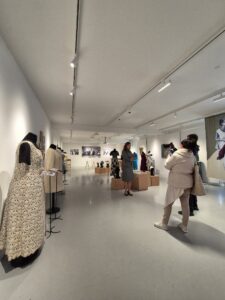In a time when the fashion industry is increasingly consuming trends, historical dresses are becoming precious records of the past – visual documents that reveal not only the style of the era, but also the personality of the woman who wore them. This is confirmed by the exhibition “The Voice of Jovanka Broz”, opened at the Serbian Cultural Center in Zagreb on Preradovićeva Street, which reveals personal belongings, fashion accessories and clothing pieces of one of the most iconographic figures in Yugoslav history.
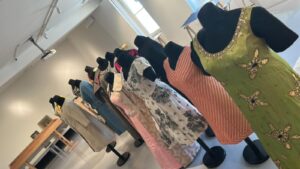
The exhibition, authored by curator Davorka Perić and political science professor Dejan Jović, does not focus solely on Jovanka’s role as Tito’s wife, but rather portrays her as a self-aware woman whose fashion style was part of a broader political narrative, but also of personal resistance. As First Lady and political figure, Jovanka Broz wore clothing that carefully balanced personal expression and official representation.
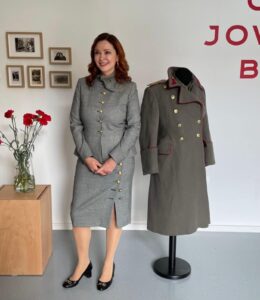
I believe that these are valuable historical artifacts – emphasized Svetlana Zorina Aleksić, director of the Jovanka Broz Foundation. – Dresses, letters, books and fashion accessories are not just personal belongings; they are traces of a life and a time that deserve a permanent memorial presentation. I want to establish a center in her birthplace in Pećani that will preserve her legacy, with an emphasis on the feminist dimension – her struggle, determination and strength.
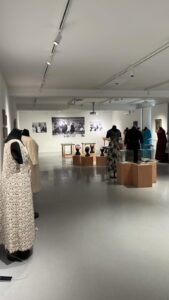
The exhibition presents unique dresses she wore during her public activities – elegant, understated or more lavish, made to measure in the workshops of famous domestic designers such as Žuža Jelinek and Mile Cavalotti. These are pieces of high tailoring skill, made from luxurious materials such as silk, in cuts that reflected the strict rules of protocol, but also the delicate femininity of Jovanka’s personal style.
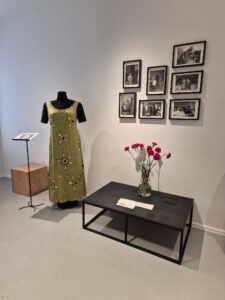
A sophisticated fashion statement, without signature labels, but with a strong identity, is a reflection of an era and a political system in which clothes spoke louder than words. Jovanka was the embodiment of quiet luxury, personalized elegance and strength. Her hats, or turbans, made in a special way to hide her long hair, also gave her a special stylistic effect.
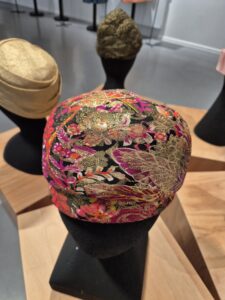
Of particular interest are the richly decorated handbags that were given to her during numerous official meetings – objects that are both carriers of the aesthetics of the time, but also of diplomatic messages. Decorated with gold threads, beads and semi-precious stones, they represent cultural codes that go beyond their functionality. Also on display are the custom-made shoes made by the famous Zagreb craftsman Baćani, and the gloves that rounded off her protocol look.
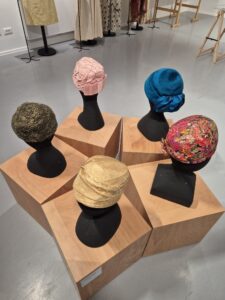
The exhibition also features a previously unpublished video interview from 2010, recorded by Dragan Bisenić, in which her authentic voice is heard publicly for the first time. This makes the exhibition a multidimensional portrayal – not only of femininity and style, but also of political and social introspection.
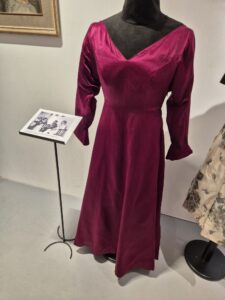
The preservation of such pieces, which are both wearable artifacts and cultural heritage, is important not only for understanding fashion history but also for interpreting the role of women in society through the decades. Jovanka Broz’s dresses, as silent witnesses of time, remind us that fashion is not fleeting – it is a memory woven into fabric, cut, and detail.
